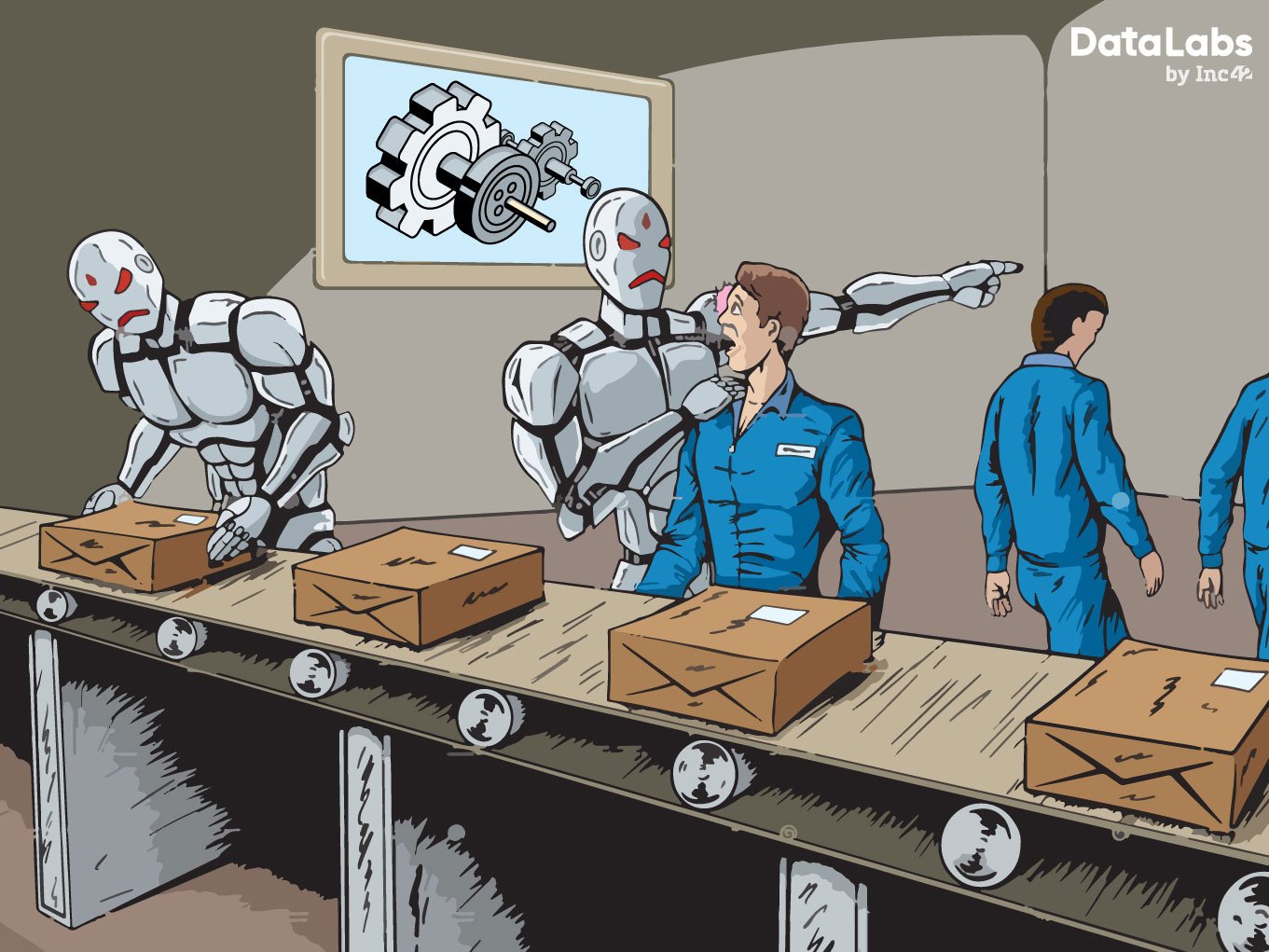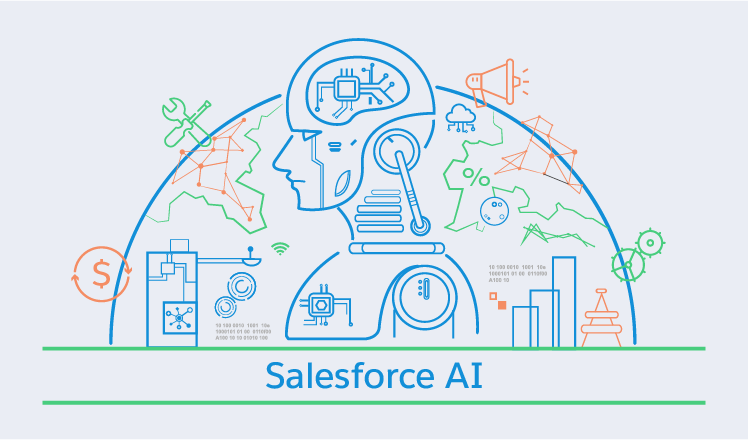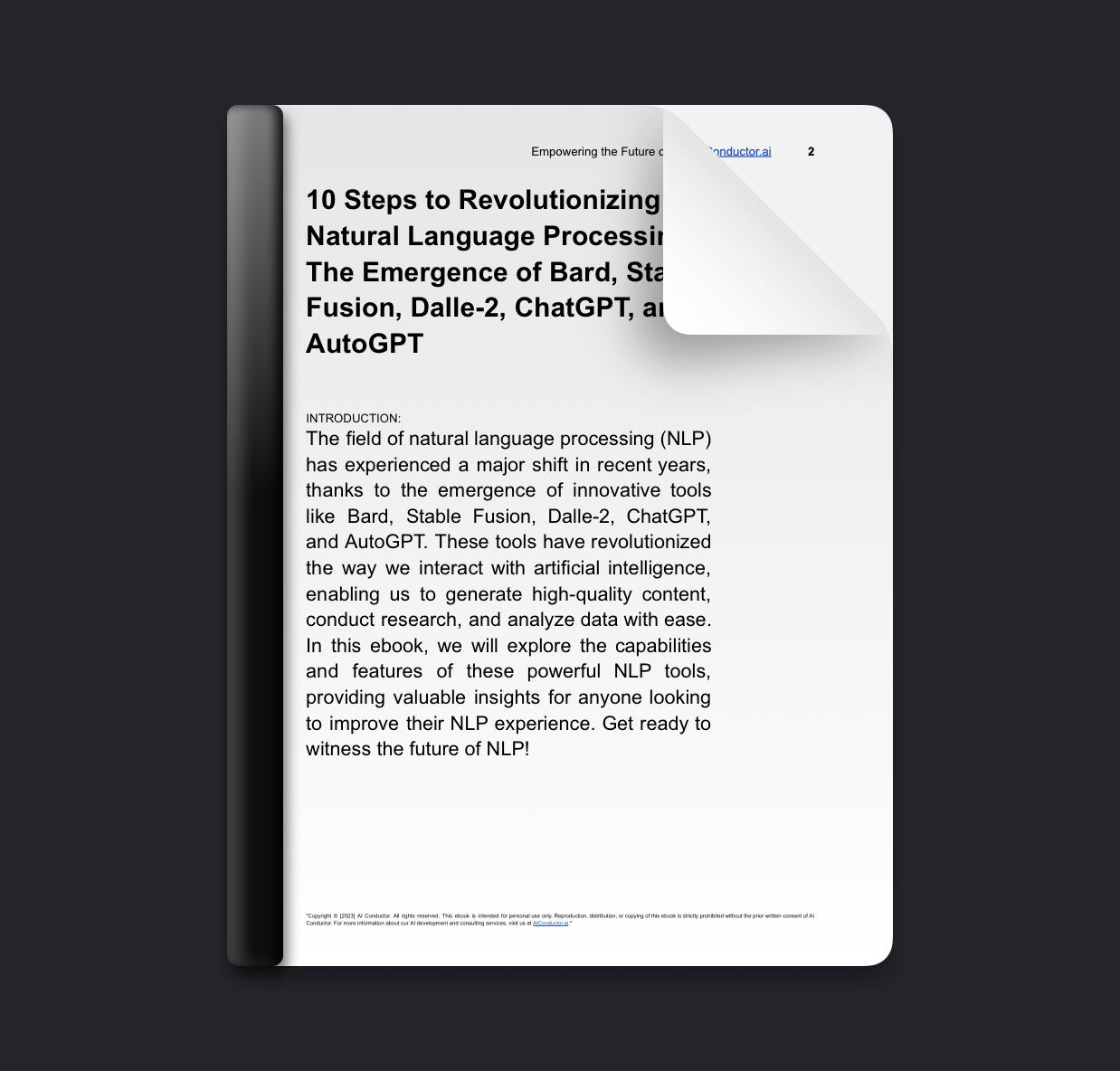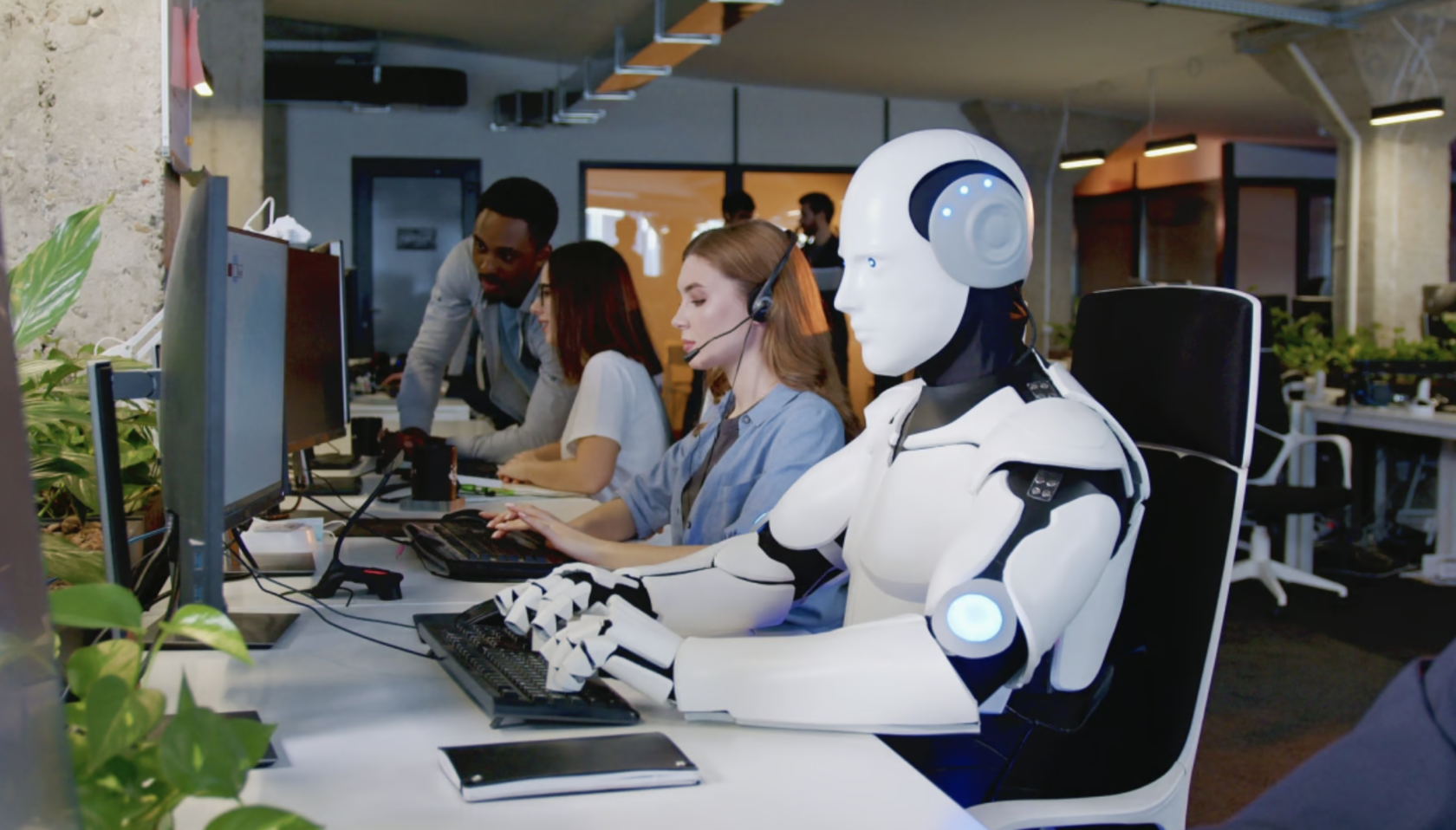We asked:
What will be the long-term societal implications of AI automation replacing human workers and creating new cyber threats?
The Gist:
AI and automation are quickly becoming a part of our daily lives, and while they can be incredibly helpful, they can also create new cyber threats. Human workers are still needed to manage these technologies and protect against cyber-attacks, as AI and automation are not yet able to detect and respond to cyber threats on their own. To ensure we stay safe in the digital world, it's essential to have the right combination of humans and technology working together.

Decoded:
The Future of AI-Driven Automation and How it Impacts Human Workers & Cyber Threats
It seems that every day, artificial intelligence (AI) and automation become more pervasive in the workplace, from manual labor to more complex administrative tasks. This technology has transformed the way we operate and interact with each other in a variety of industries, with lightning-fast data analysis and information sharing capabilities that can detect patterns and fill in gaps in processes. However, automated systems also bring their own risks: from job losses due to a focus on cost-efficiency to cybersecurity threats to the delicate data they store and maintain.
At its core, AI-driven automation presents tremendous opportunities that can improve efficiency, reduce costs, and drive innovation. Automation can carry out tasks like data gathering and analysis quickly and accurately — important tasks that would consume far more human resources if done manually. Such tasks are vital for businesses to stay competitive, and automation can free up valuable personnel to take on other
It seems that every day, artificial intelligence (AI) and automation become more pervasive in the workplace, from manual labor to more complex administrative tasks. This technology has transformed the way we operate and interact with each other in a variety of industries, with lightning-fast data analysis and information sharing capabilities that can detect patterns and fill in gaps in processes. However, automated systems also bring their own risks: from job losses due to a focus on cost-efficiency to cybersecurity threats to the delicate data they store and maintain.
At its core, AI-driven automation presents tremendous opportunities that can improve efficiency, reduce costs, and drive innovation. Automation can carry out tasks like data gathering and analysis quickly and accurately — important tasks that would consume far more human resources if done manually. Such tasks are vital for businesses to stay competitive, and automation can free up valuable personnel to take on other

Essential Insights:
Three-Word Highlights
AI, Automation, Cyber Threats
Winners & Losers:
Pros:
1. AI automation can help reduce costs and increase efficiency.
2. AI automation can help improve customer service and reduce human error.
3. AI automation can help reduce cyber threats by providing better security and monitoring.
Cons:
1. AI automation can lead to job loss and displacement of human workers.
2. AI automation can be expensive to implement and maintain.
3. AI automation can be vulnerable to cyber attacks if not properly secured.
Bottom Line:
The bottom line is that AI and automation can help to streamline processes and reduce cyber threats, but they can also lead to job displacement and create new security risks.
Ref.
Join The Conversation!





